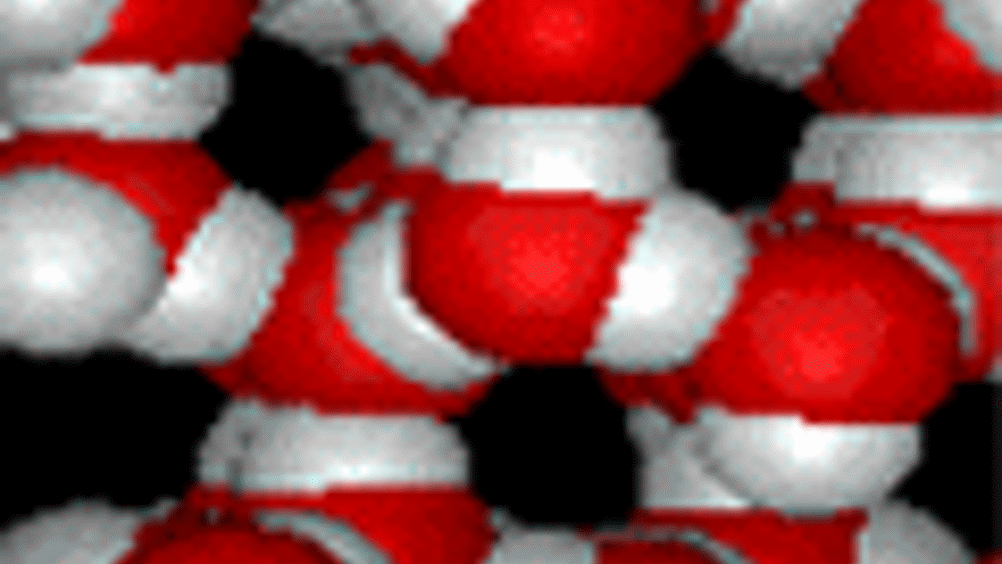Repellent materials

A new discovery by scientists at Queen’s University Belfast has changed the face of research into water-repellent “ultrahydrophobic” materials creating a wealth of potential practical applications.
Drs Graham Saunders and Steven Bell of Queen’s University School of Chemistry and Chemical Engineering, together with PhD student, Iain Larmour, have developed a very simple method for treating metals that results in extremely high hydrophobicity using readily available starting materials and standard laboratory equipment in a process that only takes a few minutes.
The significance of the discovery lies in the ease of fabrication and the flexibility of the method. Dr Saunders said, “There have been numerous attempts to emulate the extraordinary water repellency of lotus leaves, but very few synthetic surfaces can match these natural systems. Those that do are unsuitable for practical applications because they are difficult and costly to fabricate or can be applied only to a very limited number of materials. Our method produces robust surfaces displaying hydrophobicity that surpasses that of lotus leaves - ultrahydrophobicity. Furthermore the method is cheap and quick, and can be extended to a wide range of metals.”
Register now to continue reading
Thanks for visiting The Engineer. You’ve now reached your monthly limit of news stories. Register for free to unlock unlimited access to all of our news coverage, as well as premium content including opinion, in-depth features and special reports.
Benefits of registering
-
In-depth insights and coverage of key emerging trends
-
Unrestricted access to special reports throughout the year
-
Daily technology news delivered straight to your inbox










Water Sector Talent Exodus Could Cripple The Sector
Maybe if things are essential for the running of a country and we want to pay a fair price we should be running these utilities on a not for profit...